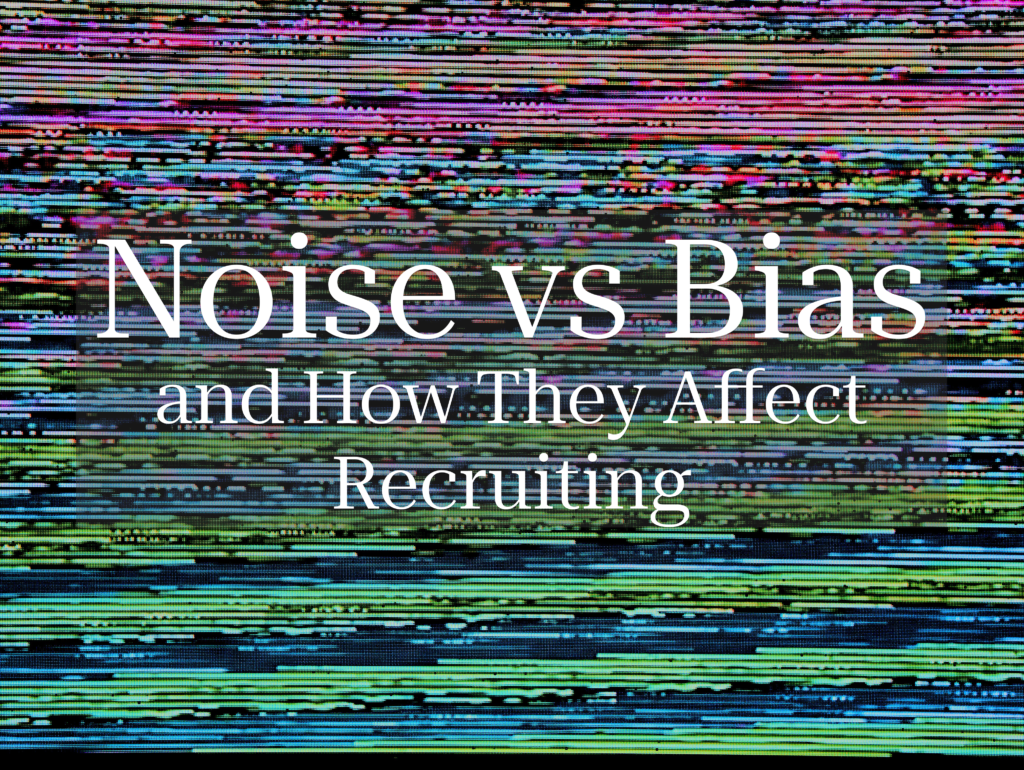The pandemic has talent acquisition leaders fighting a battle on two fronts. On one hand, it is harder than ever to find good talent, as masses of workers leave the salaried ranks to start their own businesses or do gig-based work. According to the U.S. Bureau of Labor Statistics December 2021 report, there were 4.5 million more open positions than hires at the beginning of Q2021.
On the other front, they are losing massive amounts of employees from within their own ranks. A recent Prudential study found that 1 in 5 of the 2,000 employees surveyed had switched jobs during the pandemic, and another 26% plan to look for a new job after it subsides. Eighty percent of these respondents said their motivation for wanting to leave their current employer is to seek career growth.
As with any battle, your best defense is a strong offense. Brandish lightning-fast hiring velocity to bring in top candidates from the outside, and wield career portfolios of your employees to keep them motivated and growing on the inside.
We cover career portfolios in other articles; here we focus on hiring velocity.
The pain is real
These are truly desperate times for talent acquisition (TA) professionals. Last week, one of our prospects paid a candidate to show up at an interview. They had never met the candidate in person before but wanted to coax her into signing on. While we have heard of paying travel expenses for great candidates, paying someone just to show up is taking the state of play in HR to a whole new level.
Amidst the current talent revolution, we’ve seen almost every TA organization scramble for a plan. These have ranged from new policies and perks to get people in the door, to reassess what it means to work and be part of a team.
When there is a talent shortage and multiple firms are all competing for the same candidate pool, one thing is certain: he who gets there first wins. There is no way around it: you’ve got to identify, contact and hire the talent before anyone else does. This means amping up your hiring velocity.
Despite the rise in hiring technologies and tools of all kinds, the average time to hire is dismal. Glassdoor Economic Research found that the average time to hire in the U.S. was 23.8 days in 2017. More recent research confirms this snail’s pace.
In an analysis of 400,000 confirmed hires on the LinkedIn platform from June 2020 to March 2021, the median time to hire for an engineering role was 49 days and over a month for administrative positions. It’s no wonder that by the time HR gets around to calling candidates, they’re likely to have already accepted a position elsewhere!

How to amp up hiring velocity
In this race to talent, only those who effectively harness the power of AI and data analytics will stay in the game. Recruiters currently can spend 30 hours per week or more sifting through profiles on LinkedIn and combing through their applicant tracking systems (ATS) (we call them database jockeys). According to Glassdoor, the average corporate job opening gets 250 applicants. Of these, 4 to 6 applicants get called for an interview and only one will get the job.
Clearly, this means that for the average open req, a recruiter has gone through approximately 249 résumés that lead to nowhere. Meanwhile, the clock keeps ticking and the top candidate is still looking elsewhere. If you consider that the average TA professional spends about 7 seconds scanning each résumé, that means that before she has identified her shortlist or reached out to a single candidate, she has spent 1,743 seconds or almost half an hour reviewing unqualified applicants. Some of our enterprise customers can get thousands of applicants for every open job.
Since it is humanly impossible to manually examine all of them, often they just languish in the ATS (because the interface is so clunky that recruiters avoid searching it) while the TA pro hunts on LinkedIn. The only way to accelerate hiring velocity is to automate that work using artificial intelligence to immediately surface the best candidates, so recruiters can instead spend that time reaching out to the best-fit applicants and getting them onboarded as fast as possible.
And AI is not enough – you need to integrate your HR systems so you can leverage the power of your combined data repositories. Your best-fit candidate may not be an applicant – they may already be an employee. So you can’t just rely on third-party employee marketplaces, LinkedIn, and your ATS, especially if they are all siloed. Siloed data leads to overlooked gems and sub-optimal results.
How MojoHire puts turbos on hiring velocity
MojoHire’s proprietary intelligent talent discovery engine sits on top of any existing HR technology stack, culling any number of data repositories, evaluating applicants like an experienced recruiter, and instantly surfacing the best-fit candidates that are ready to make a move. The entire process of sifting through résumés is virtually eliminated through AI and automation. The result is access to undiscovered talent, time to discovery measured in seconds rather than days, and time-to-hire slashed in half. And, because MojoHire is compatible with any number of existing HR platforms, your HR tech investments are protected and leveraged.
[elementor-template id=”1304″]






